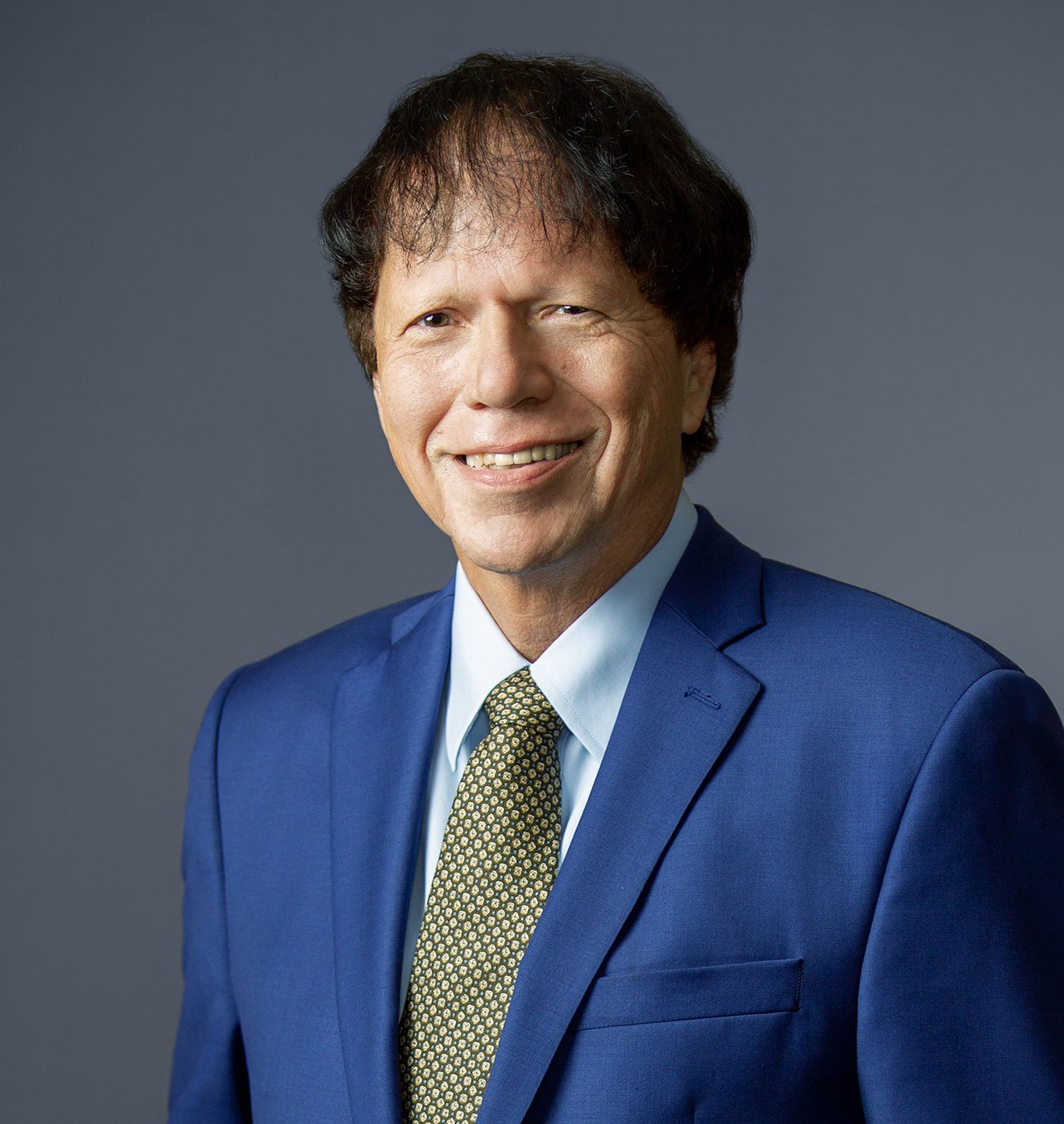Angola’s Back! Five Key 2020 Moves to Increase Oil and Gas Stakeholder Returns
For a brief period in 2009, Angola was Africa’s largest oil producer with production reaching 2 million barrels per day. Current production is around 1.37 million barrels per day. This reduction is generally attributed to (i) naturally production profile declines in major plays, (ii) low oil price environment, (iii) disappointing drilling results, and most recently (iv) Covid-19 pandemic effects.
Angola desperately needs to diversity its oil-dependent economy by capitalizing on its other potential strengths such as mineral extraction and agriculture. Even a strong diversified economy, however, will need a solid oil and gas industry as its base for the foreseeable future.
As keynote speaker at the 2019 Africa Oil and Gas Conference, Angolan President João Lourenço said, “Africa has great unexplored hydrocarbon potential, and . . . Angola occupies one of the top spots on the continent. The Angolan government is aware of this reality and its potential, [and] considers petroleum and gas as catalyzers for a new dynamic, renewable and self-sustainable dynamic economy.”
Those lofty words prefaced concrete actions and results in 2020, five of which are briefly described below.
- Extension and Renegotiation of Existing Blocks
In February, the ANGP (Angola’s new petroleum regulator), signed an MOU with the Chevron-led Block 14 Consortium that extends the underlying contract until 2028 and significantly modifies it provisions. This extension comes on the heels of similar extensions for Total-led Block 17 (December 2019), ExxonMobil-led Block 15 (June 2019) and BP-led Block 15 (December 2018).
In the authors’ separate experience, Sonangol was, as a matter of principle, hesitant, if not unwilling, to consider re-negotiating the terms of existing E&P agreements, even when market conditions seemed to demand contractual flexibility. Over time, however, faced with drastically declining production profiles, and with the emergence of the ANGP, that reluctance dissipated. Now, renegotiation appears to be an important part of Sonangol’s commercial toolbox, especially when it leads to increased equity participation for the national oil company in strategic concessions or, conversely, reduction or exit from concessions demanding higher-risk investments.
- Negotiation of Risk Service Contracts
Most Angolan E&P contracts are production sharing contracts awarded through a competitive bidding process. Angola’s Petroleum Activities Law, however, allows the awarding of risk service contracts under certain circumstances when a public bid process has either failed or is unlikely to succeed. This regulatory flexibility allows the Country to attract investors, and possibly secure production, that otherwise might never materialize. Examples of risk service agreements were Block 9 and 21 where Cobalt was the original Operator. Last October, Exxon Mobil and Sonangol P&P were awarded risk service contracts, with participating interests of 60% and 40% respectively, for massive Blocks 30, 44 and 45 in the lightly explored Namibe Basin. Look for similar deals to occur in the future in similar new frontier areas in the less explored center and south areas of the country as the Government’s appetite for near term investment and production trumps slower paced, and at time disappointing, bid rounds.
- Sonangol Divestment and Privatization
Since early 2020, Sonangol has announced several public tenders to sell all of its holdings in certain private enterprises as a major part of a broader governmental privatization initiative that is expected to include Sonangol itself. In the words of Minister of Mineral Resources and Petroleum, Diamantino Azevedo, “Sonangol is like an octopus, it’s everywhere… there are properties everywhere, in Portugal, here, Singapore, aviation, resorts, hotels . . . once we finished that process, there will be the conditions for bringing Sonangol to the stock exchange.” In addition to raising much needed capital for the State, the divestment program should also force Sonangol to focus on its core competence – exploration, production, and marketing of hydrocarbons. The divestment program is said to have netted a modest US$60 million, meaning that significant asset acquisition opportunities exist for interested investors. In terms of the privatization of Sonangol, Angolan Finance Minister, H.E. Vera Daves de Sousa, recently announced that, “We are aiming for the end of 2021 or the beginning of 2022 to start the privatization process of large companies such as Sonangol or Endiama”. Most likely, privatization will present more formidable legal and administrative challenges than divestment.
- New Gas Law / Gas Project
In May of 2018, Presidential Decree created a dynamic set of new rules governing natural gas industry in Angola, which we described in the attached article,
https://www.mayerbrown.com/en/perspectives-events/publications/2018/05/angolan-president-passes-presidential-decree-appro
New legislation often takes time to take root, but in November of 2019 the “New Gas Consortium” (NGC), Operated by Eni in consortium with Chevron, BP, Total and Sonangol was created. Last September the NGC announced the planned construction of a US$2 billion gas processing plant in Soyo, with the capacity to process 400 million cubic feetof natural gas per day. This is an exciting start of an overdue process to aggressively develop Angola’s long known natural gas reserves.
- Local Content
Attracting foreign investment to Angola was the key driver behind the above four 2020 developments. Of course, the primary beneficiary of the development of oil and gas reserves must be Angola, its institutions, and its citizens. To this end, Presidential Decree no. 271/20, of October 20th was enacted to ensure that oil and gas development not only increases Angola’s coffers, but also helps develop its overall economy and assures a vital role for Angolan companies and workers. Among other things, the law:
- applies to all companies involved in the industry and not just E&P operators,
- favors companies incorporated/registered in Angola,
- increases registration and certification requirements for foreign players,
- mandates local content clauses in contracts and framework agreements for personnel development, and
- requires annual local content and human resources plan.
Industry response has generally been positive to the new law which (i) codifies in a single document what previously was addressed in multiple sources and (ii) clarifies industry participants’ local content obligations. Most importantly, there is a fundamental shift in the law through the adoption of a new “Angolan company” concept for local content (i.e., companies incorporated/registered in Angola regardless their ownership structure). This approach incentivizes international players to set up companies inside Angola without mandatory local partners. This shift prioritizes the country over individuals in terms of reaping benefits from foreign investment and hopefully will stimulate the creation of jobs and increase training of local personnel.
CONCLUSION
Hydrocarbons have long been the backbone of one of Africa’s most vibrant economies. Recent worldwide events and trends, however, have diminished the luster of hydrocarbons as its sole driver, given Angola’s other potential sources for growth and prosperity. Economic diversification cannot be achieved overnight and depends on maintenance of a strong petroleum industry. As outlined above, Angola has recently demonstrated the determination, flexibility and planning necessary to achieve its development goals. Hopefully, these positive steps will reap economic and social rewards in the near and long term.



